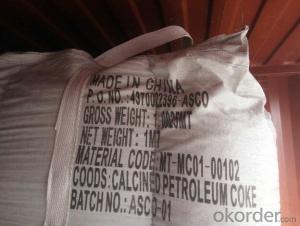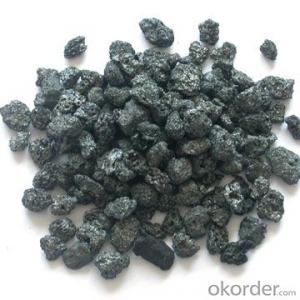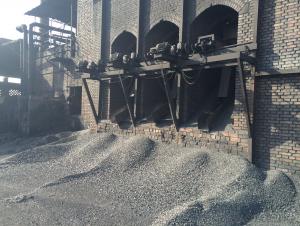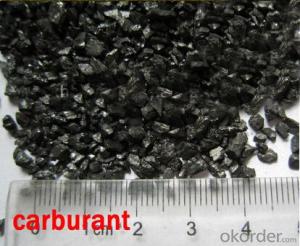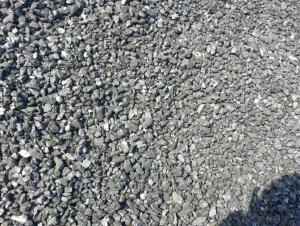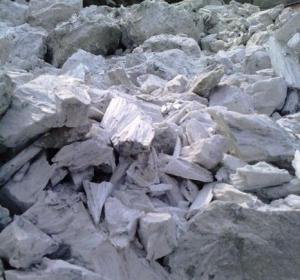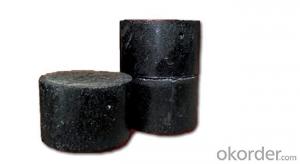Foundry Coke in 80-120mm used for Foundry company
- Loading Port:
- Shekou
- Payment Terms:
- TT OR LC
- Min Order Qty:
- 21.3
- Supply Capability:
- 1013 m.t./month
OKorder Service Pledge
OKorder Financial Service
You Might Also Like
Brief Introduction
Foundry Coke is the main fuel of melting iron in the oven. It can melt the materials in the over, make the iron reach great heat, and keep good air permeability by sustain stock column. Thus, the foundry coke should have the characteristics of big block, low reactivity, small porocity, enough anti-crush strengh, low ash and low sulphur. We welcome foreign clients to visit our factory
The coke handled by our cooperation is made from superior coking coal of Shanxi province. Provided with the advantages of low ash, low sulphur and high carbon. Our coke is well sold in European, American, Japanese and South-east Asian markets. Our owned Coke plant are located in Shanxi Province and supplying of you many kinds of coke.
we supply Foundry Coke long-term, its characteristic is best strength, low sulfur and phosphorus,thermal stability.
Specifications:
ASH % | 8% max | 10% max | 12% max |
V.M.% MAX | 1.5% max | 1.5% max | 2% max |
SULFUR % | 0.65% max | 0.65% max | 0.7% max |
MOISTURE | 5% max | 5% max | 5% max |
Size | 80mm-120mm,80-150,100-150mm, or as request | ||
Features
1. Our quality is always quite good and stable which is producing and packing according to customers' requirements.
2. Putting Client profile into first, achieved mutual benefit.
3. Good partner on business. It's a good and wise choice for customers' to purchase from us. It's our great honor to cooperate with you. It is more -widely used around the world
4. We can supply documents as follows:
- bill of loading,
-Invoice,
-Packing List
-Insurance
-standard inspection pictures of the container as specified by INSPECTORATE
-or more requested by buyer.
Pictures
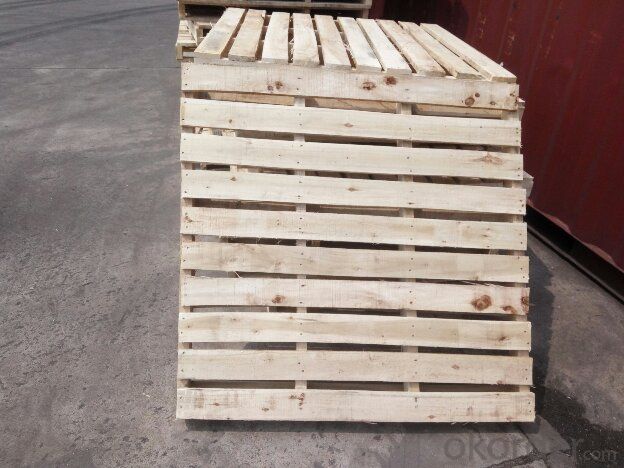
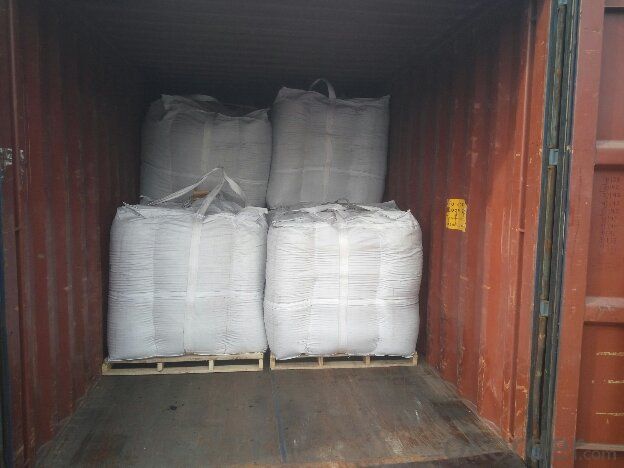
FAQ
1. What is the packing?
In 25kg bag/ In jumbo bags without pallet/ Two jumbo bags with one pallet/ or as customers’ request
2. What is the production capacity?
10 thousand tons per month
3 What is payment term?
Irrevocable LC at sight/ 20% down payment by T/T and 80% against BL copy byT/T/ or to be discussed
4 What is the service?
We will send sample to the third party(CIQ, CCIC, SGS,BV or to be discussed) for checking, and present the test certificate and loading repot of shipment.
- Q:How do humans contribute to carbon emissions?
- Humans contribute to carbon emissions in several ways. One major source of carbon emissions is the burning of fossil fuels for electricity, transportation, and heating. This includes burning coal, oil, and natural gas, which releases carbon dioxide (CO2) into the atmosphere. The use of these fossil fuels is prevalent in our daily lives, from powering our homes and vehicles to manufacturing goods and producing food. Additionally, deforestation, primarily driven by human activities such as agriculture, logging, and urbanization, also contributes to carbon emissions. Trees absorb CO2 and release oxygen, so when they are cut down, the stored carbon is released back into the atmosphere. Moreover, industrial processes, such as cement production and the manufacturing of chemicals, also release substantial amounts of CO2. Lastly, the livestock industry, particularly the production of beef and dairy products, contributes to carbon emissions through methane emissions from livestock and the deforestation associated with expanding grazing areas and growing animal feed. Overall, human activities directly and indirectly contribute to carbon emissions, highlighting the need for collective efforts to mitigate and reduce our impact on the environment.
- Q:A carbon Roast Lamb Leg stores need to how much money
- More than 40 thousand. If the scale is not large. If you want a prime location. And anything that's up to standard. Plus twenty thousand. If that's all. Buy something to ten thousand.
- Q:Isotopes of carbon
- There are three kinds of nature of carbon isotope, stable isotopes of 12C, 13C and 14C 14C of the radioactive isotope, the half-life is 5730 years, the application of 14C mainly has two aspects: one is the determination of biological death in archaeology, radioactive dating method; the two is labeled with 14C compound as a tracer, exploration the micro motion of chemistry and life science.
- Q:How is carbon stored in the Earth's crust?
- Various forms of carbon are stored in the Earth's crust through different geological processes. One primary method of storage involves the creation of sedimentary rocks like limestone, dolomite, and chalk. These rocks consist mainly of calcium carbonate, which comes from the shells and skeletons of marine organisms that existed millions of years ago. As time passes, these remains gather on the ocean floor and become compressed and cemented, effectively trapping carbon within them. Another way carbon is stored in the Earth's crust is through carbonation. Carbon dioxide (CO2) from the atmosphere can dissolve in water and react with specific minerals, like basalt, leading to the formation of carbonate minerals such as calcite or magnesite. This natural process occurs through chemical weathering and volcanic activity, aiding in the sequestration of carbon within the Earth's crust. Moreover, organic carbon takes the form of fossil fuels, including coal, oil, and natural gas. These fuels are the remnants of ancient plants and microorganisms that lived and perished millions of years ago. Over time, the organic matter becomes buried and subjected to high pressure and temperature, resulting in a process known as diagenesis, which eventually converts it into fossil fuels. These deposits serve as carbon reservoirs within the Earth's crust. In summary, the Earth's crust acts as a significant carbon sink, efficiently storing carbon through processes such as the formation of sedimentary rocks, carbonation, and the accumulation of fossil fuels. However, it is crucial to note that human activities, particularly the combustion of fossil fuels, are releasing substantial amounts of stored carbon into the atmosphere, contributing to global climate change.
- Q:We need to make a poster... Of the 27 essential elements of the human body, I am in charge of carbon! I haven't found it for a long time! Who can help me? Urgent!!!!!!Can you find something very specific? Thank you
- It is well known that the basic units of life, amino acids and nucleotides, are derived from carbon skeletons. First, a carbon chain, a chain of carbon bound together, evolved into proteins and nucleic acids; then evolved primitive single cells, evolved worms, fish, birds, animals, monkeys, orangutans, and even humans.
- Q:What are the impacts of carbon emissions on indigenous communities?
- The impacts of carbon emissions on indigenous communities are significant and multifaceted. These communities, who often depend on their surrounding environment for sustenance and cultural practices, are particularly vulnerable to the consequences of climate change. Increased carbon emissions contribute to rising global temperatures, leading to more frequent and intense extreme weather events such as droughts, floods, and storms. This directly affects indigenous communities' access to clean water, food security, and the ability to maintain traditional practices like agriculture, hunting, and fishing. Moreover, carbon emissions contribute to the melting of polar ice caps and glaciers, leading to rising sea levels and coastal erosion. This poses a serious threat to indigenous communities living in low-lying coastal areas, displacing them from their ancestral lands and disrupting their cultural heritage. Indigenous communities also face health issues as a result of carbon emissions. The burning of fossil fuels releases harmful pollutants that degrade air quality, leading to respiratory problems and an increased risk of diseases. Additionally, the extraction and processing of fossil fuels often occur on or near indigenous territories, leading to environmental degradation, water pollution, and the displacement of communities. Overall, the impacts of carbon emissions on indigenous communities are profound, undermining their cultural identity, livelihoods, and overall well-being. It is crucial to recognize and address these impacts through sustainable and inclusive climate action, ensuring the protection and empowerment of indigenous communities in the face of climate change.
- Q:How does carbon impact the prevalence of earthquakes?
- Carbon does not directly impact the prevalence of earthquakes. Earthquakes are primarily caused by the movement of tectonic plates, which are massive sections of the Earth's crust that float on the semi-fluid layer underneath. When these plates collide, slide past each other, or separate, it can cause a release of energy in the form of seismic waves, resulting in an earthquake. Carbon, on the other hand, is a chemical element that is present in various forms in the Earth's atmosphere, oceans, and living organisms. While carbon dioxide (CO2) emissions from human activities contribute to climate change and affect the Earth's ecosystems, there is no direct link between carbon emissions and the prevalence of earthquakes. However, it is worth noting that some geologists and scientists speculate that human activities, such as the extraction of fossil fuels, may indirectly influence seismic activity. The extraction of large quantities of oil, gas, or water from the Earth's crust can potentially lead to changes in the underground pressure and stress distribution, which might trigger small-scale seismic events known as induced earthquakes. These induced earthquakes are typically of low magnitude and are localized to the area where the extraction is taking place. Overall, while carbon emissions and human activities may have some impact on seismic activity in specific localized areas, the prevalence of earthquakes on a global scale is primarily driven by tectonic plate movements and not directly influenced by carbon.
- Q:What are some common compounds of carbon?
- Some common compounds of carbon include carbon dioxide (CO2), methane (CH4), ethane (C2H6), propane (C3H8), butane (C4H10), ethanol (C2H5OH), and acetic acid (CH3COOH).
- Q:Does anyone know what the definition of carbon storage is in ecology? Thank you
- 1, store it in a certain range.2 carbon storageAbout 2. No need to explain1 of the words is "popular carbon dioxide storage".. Current storage practices are generally to collect CO2 in the atmosphere and inject gas into the ground
- Q:What is the impact of carbon emissions on agriculture?
- Carbon emissions have a significant impact on agriculture, affecting both crop production and livestock farming. One of the primary consequences of increased carbon emissions is climate change, which alters weather patterns and temperatures. These changes can disrupt the delicate balance required for successful agriculture. Rising temperatures caused by carbon emissions lead to increased evaporation, which can reduce soil moisture and hinder crop growth. Droughts become more frequent and severe, leading to water scarcity and decreased crop yields. Furthermore, extreme weather events such as floods, storms, and hurricanes become more frequent, causing extensive damage to crops and farmland. Another consequence of carbon emissions is the alteration of atmospheric composition. High levels of carbon dioxide (CO2) stimulate the growth of certain weeds and invasive species, which compete with crops for resources such as sunlight, water, and nutrients. This competition can lead to reduced crop yields and lower quality produce. Additionally, carbon emissions contribute to air pollution, including ozone formation. High levels of ozone can damage plant tissues and reduce photosynthesis, limiting crop productivity. Ozone also negatively affects the health of livestock, reducing their growth rates and milk production. The impact of carbon emissions on agriculture is not limited to crop production. Livestock farming is also affected, as changes in climate and temperature can impact animal health and productivity. Heat stress becomes a significant issue, leading to reduced fertility, lower milk yields, and increased susceptibility to diseases. Livestock also need access to adequate water and nutritious feed, which can become scarce due to droughts and increased competition for resources. Overall, carbon emissions have a detrimental impact on agriculture, affecting both crop production and livestock farming. Climate change, altered weather patterns, and increased competition for resources all contribute to reduced yields, lower quality produce, and decreased livestock productivity. Addressing and mitigating carbon emissions is crucial to ensure the sustainability and resilience of the agricultural sector in the face of these challenges.
1. Manufacturer Overview |
|
|---|---|
| Location | |
| Year Established | |
| Annual Output Value | |
| Main Markets | |
| Company Certifications | |
2. Manufacturer Certificates |
|
|---|---|
| a) Certification Name | |
| Range | |
| Reference | |
| Validity Period | |
3. Manufacturer Capability |
|
|---|---|
| a)Trade Capacity | |
| Nearest Port | |
| Export Percentage | |
| No.of Employees in Trade Department | |
| Language Spoken: | |
| b)Factory Information | |
| Factory Size: | |
| No. of Production Lines | |
| Contract Manufacturing | |
| Product Price Range | |
Send your message to us
Foundry Coke in 80-120mm used for Foundry company
- Loading Port:
- Shekou
- Payment Terms:
- TT OR LC
- Min Order Qty:
- 21.3
- Supply Capability:
- 1013 m.t./month
OKorder Service Pledge
OKorder Financial Service
Similar products
New products
Hot products
Hot Searches
Related keywords
